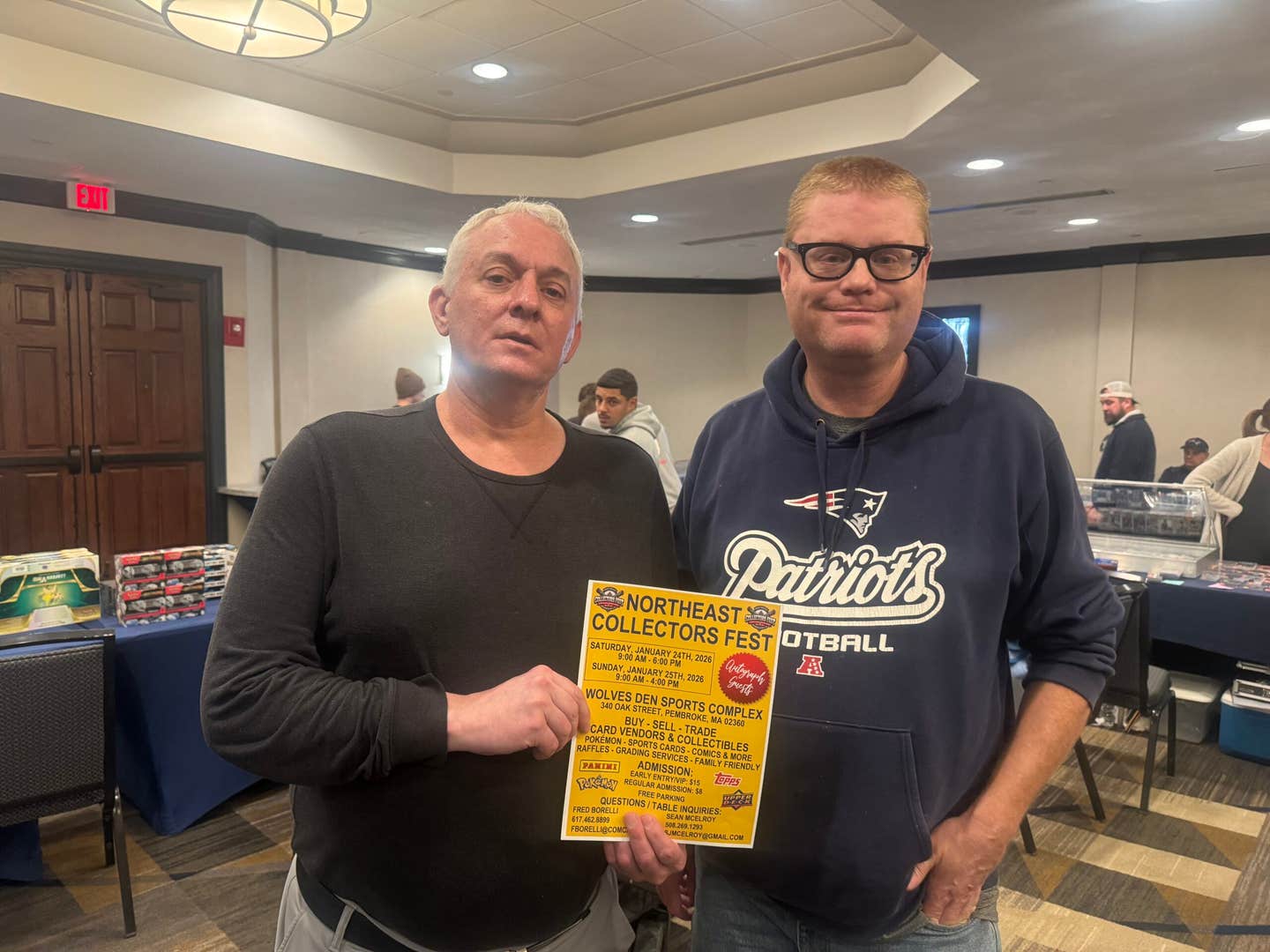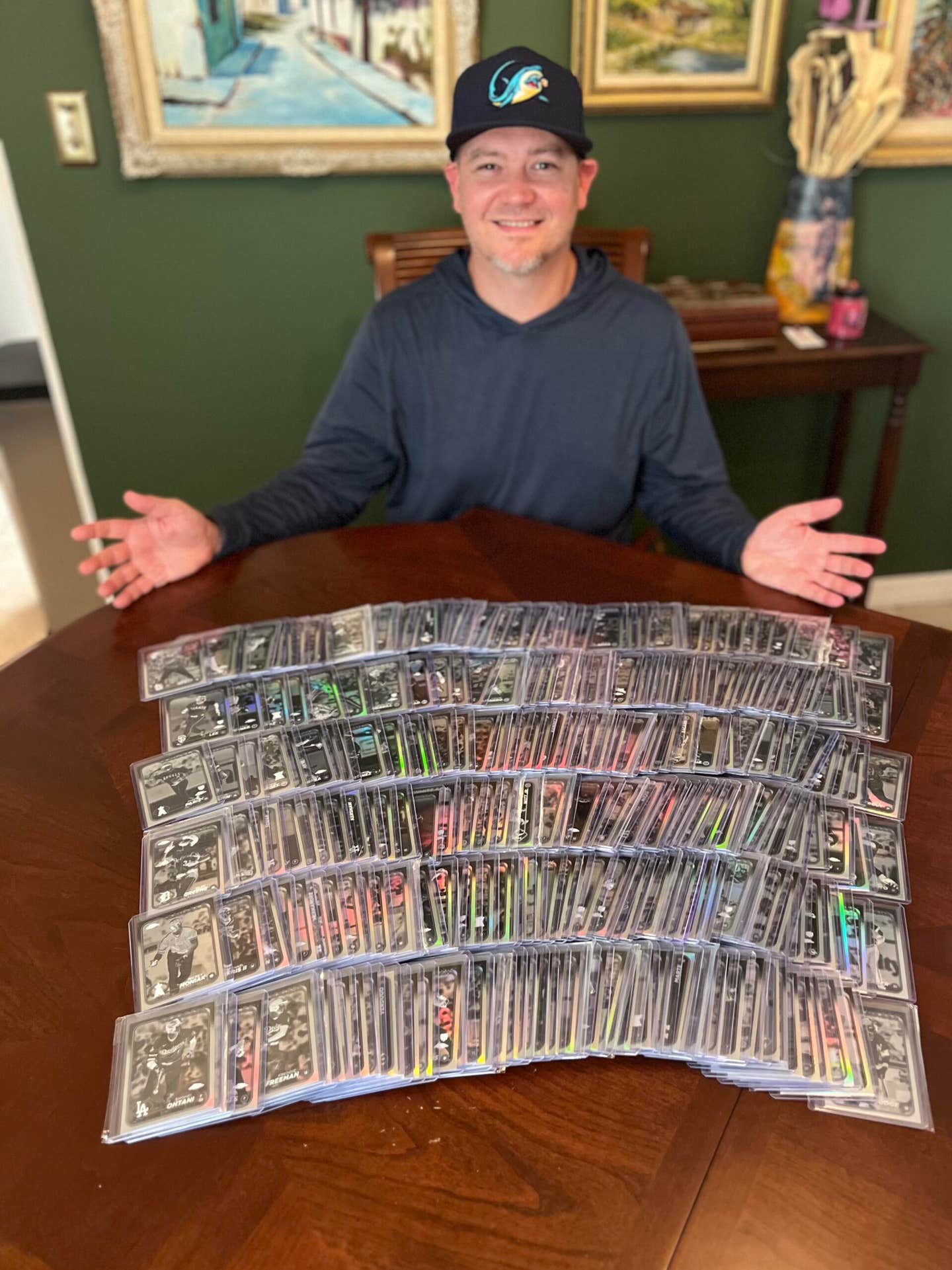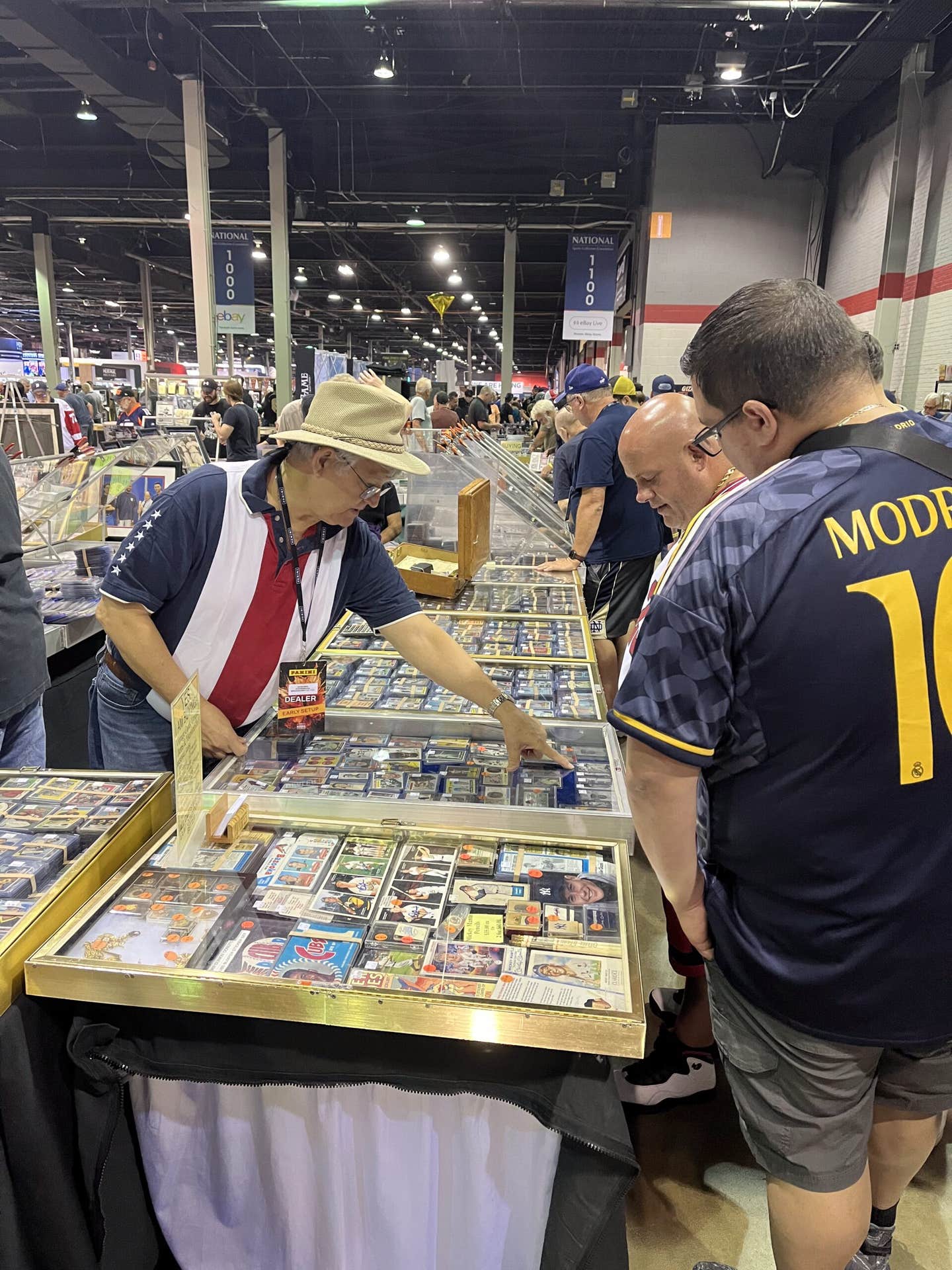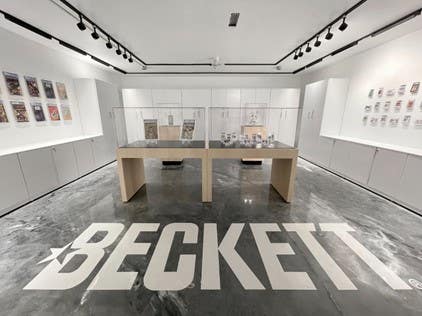News
Mint Condition is a wonderful book …
After I scribbled down several pages of notes about Dave Jamieson’s recently published book Mint Condition: How Baseball Cards Became an American Obsession, I quickly realized that one blog almost certainly wasn’t going to do it.
A book so meticulously researched and constructed would need more than that, especially since it deals with our hobby so exhaustively. What’s arcane and esoteric to one book reviewer is meat and potatoes to us, because these are the people and events we’ve been chronicling for nearly 40 years.
Reportedly inspired to a degree by the disillusionment that came when he suddenly tried to sell off his childhood collection of cards from the 1980s and was startled to learn they were worth next to nothing, the book is amazing in its ability to record tons of detail without making the reader’s eye glaze over. The temptation would be to attribute that to my lifetime involvement and interest in the hobby, but I am convinced even a casual reader would find the book fascinating.
I was particularly impressed with the detailed research surrounding the 19th-century cards and the growth of the American Tobacco Co. and the famed T206 set from 1909-11. The natural inclination would have been to address the chapters chronologically, and to a degree that is done, but our old friend Mike Gidwitz turns up prominently in Chapter Two, even before the discussion of Enos Goudey and J. Warren Bowman. You didn’t know about Enos, did you? Me neither.
But the placement of the eccentric Gidwitz in Chapter Two was nothing short of inspired, since it brought into the discussion with such immediacy so many important elements of the ancient – and modern – baseball card business/hobby.
Presumably talking about Gidwitz in the second chapter was prompted by the fact that he once owned the world’s most famous baseball card, the T206 Honus Wagner that has been sold and resold above the $1-million and then the $2-million threshold. But Gidwitz was the first to sell a card in that kind of heady territory, and I remember that he had faced skepticism when he had initially paid $640,000 for it.
But as the book points out, he got the last laugh and then some, which is appropriate to note, since the affable Gidwitz has made humor – however quirky – one of the key elements in his multimillion-dollar accumulation.
While Jamieson touches upon a bit of Gidwitz’s own disillusionment with a hobby run amuck over the last two decades, his account emphasizes more the unusual nature of Mike’s acclaimed collection that resides comfortably in his two penthouse suites on Lake Shore Drive in Chicago.
As one of the lucky folks who have visited there, I can attest that the combination of uncut sheets, original Topps artwork and many of the hilarious art pieces that the investment adviser has had commissioned for his own enjoyment is something difficult to describe effectively.
Since I was overseas in the Navy for much of the time when Wacky Packs debuted, I missed the whole thing, and never really picked up on it. But it was still intriguing to see all those original pieces in his kitchen, to say nothing of the massive framed piece in his living room showing George Washington crossing the Delaware with Alfred E. Neuman on board.
Though I only dabbled with Mad Magazine as a teenager, I did admire the pen-and-ink artwork that flourished in and nourished its pages. The book even tells about Gidwitz’s raunchy molestation of a 1956 Topps Mickey Mantle card, where he commissioned Brazilian artist Rogerio W.S. to recreate the card with a salaciously grinning Neuman subbing for The Mick in the portrait section of the card. (I gotta love an artist who puts his initials as his last name. Why didn’t I think of that? – T.S.)
For the squeamish, that would be heresy enough, but in the “action” image in the background, you know, the one where Mickey’s leaping to catch a ball before it plunks into the stands, his pants are down. And his junk is showing, as they say.
Clearly not for everyone, though I know of at least one prominent individual who would likely have gotten a kick out of it, but he died in 1995.
I’ll resume with Jefferson Burdick and Topps on the morrow.








